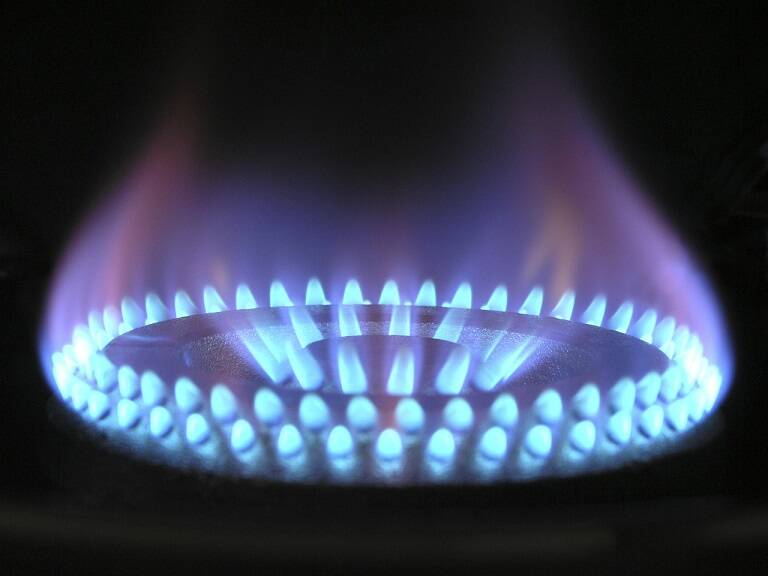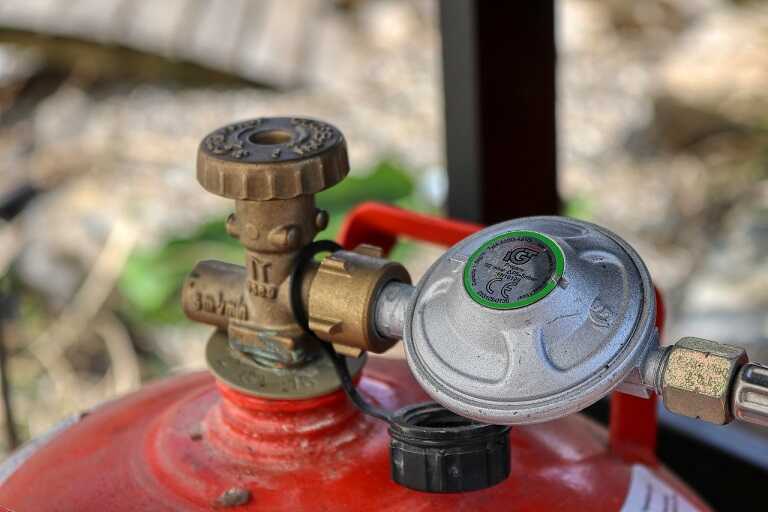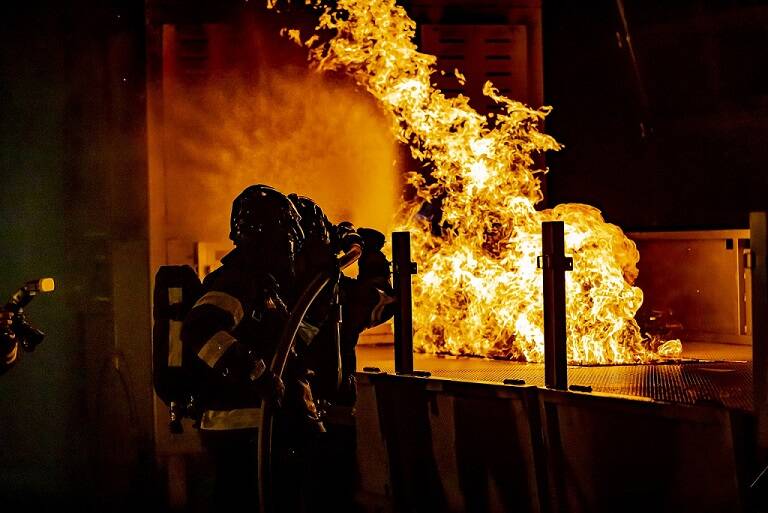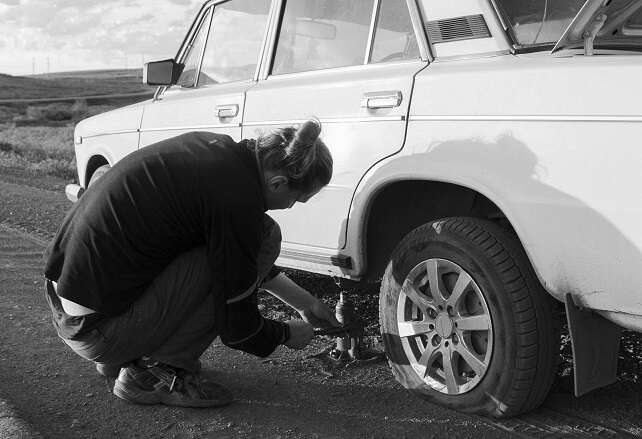How to Detox from Natural Gas Poisoning
Natural gas poisoning, primarily due to the inhalation of methane and carbon monoxide, poses a serious health risk. Exposure can lead to symptoms ranging from mild discomfort to life-threatening conditions.
Recognizing the signs and knowing how to detox from natural gas poisoning is crucial for ensuring safety and recovery. This article outlines the steps to take if you suspect natural gas poisoning and provides tips on detoxification and prevention.

What Is Natural Gas Poisoning?
Natural gas is composed mainly of methane, a colorless and odorless gas. While natural gas is generally safe when used correctly, leaks can lead to dangerous concentrations in enclosed spaces. Carbon monoxide, a byproduct of natural gas combustion, is particularly hazardous because it is both colorless and odorless, making it difficult to detect.
Studies show that having a properly functioning carbon monoxide detector can reduce the risk of CO poisoning-related deaths by up to 50%, according to the Centers for Disease Control and Prevention (CDC)
Symptoms of Natural Gas Poisoning
Early symptoms of natural gas poisoning include:
Severe exposure can lead to:

Detecting Natural Gas Leaks
Signs of a Gas Leak
While methane and carbon monoxide are odorless, utility companies add a chemical called mercaptan to natural gas to give it a distinctive rotten egg smell. This helps in early detection. Look for these signs:
Detection Devices
Immediate Actions to Take
If you suspect natural gas poisoning, act quickly:

Detoxification Process
Detoxifying from natural gas poisoning involves immediate and long-term steps to ensure the body recovers fully.
Immediate Medical Intervention
At-Home Detoxification Steps
Once immediate medical care has been provided, further steps can help in detoxification and recovery:
Long-Term Recovery and Prevention
Monitoring and Follow-Up
- Regular Check-Ups: Schedule follow-up appointments with your healthcare provider to monitor recovery.
- Symptom Tracking: Keep a journal of any recurring symptoms and report them to your doctor.
Home Safety Measures
Preventing future natural gas poisoning is crucial. Here are some tips:
- Install Carbon Monoxide Detectors: Place detectors in key areas of your home, especially near sleeping areas and gas appliances.
- Regular Maintenance: Ensure that all gas appliances, heaters, and chimneys are regularly inspected and maintained by professionals.
- Ventilation: Ensure proper ventilation in areas where gas appliances are used.
- Education: Educate all household members about the signs of natural gas poisoning and emergency procedures.
Lifestyle Adjustments
- Exercise: Regular physical activity enhances overall health and aids in the body’s detoxification processes.
- Avoid Smoking: Smoking can further harm the lungs and hinder recovery from gas poisoning.
- Stress Management: Techniques such as yoga, meditation, and deep breathing exercises can improve overall well-being and support the detoxification process.
Conclusion
Natural gas poisoning is a serious condition that requires immediate attention and appropriate detoxification steps. By understanding the symptoms and taking prompt action, you can minimize the risk of severe health consequences. Following up with medical care, adopting a healthy lifestyle, and implementing preventive measures at home are crucial for long-term recovery and safety. Stay informed, stay vigilant, and prioritize your health to effectively detox from natural gas poisoning.
Certain content that appears on this site comes from Amazon. As an Amazon Associate, we earn from qualifying purchases. Read the full Disclaimer Here!






